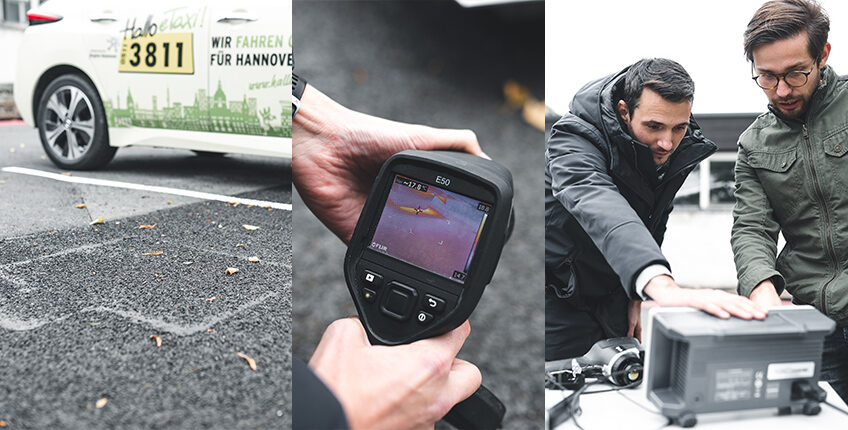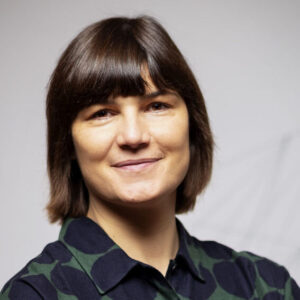The “LaneCharge” research project is exploring new methods for the charging of electric cars via induction. The first practical tests have been conducted successfully under laboratory conditions – and before the end of this year, taxis in Hanover will be able to charge without the need for a plug.
New, innovative charging processes can help bridge the distance between charging options and additionally increase convenience for people driving electric cars. Development service provider for the global mobility industry, EDAG, has therefore developed an innovative process for the inductive charging of electric cars as part of the “LaneCharge” research project and has also submitted a patent application. The technology is particularly attractive for municipalities and infrastructure operators, as it would revolutionise the provision of a cost-effective, robust and interoperable charging infrastructure.
Thanks to the EDAG innovation, electric cars will in future be able to be charged without manual intervention by the driver: When parking, when stopping at traffic lights, at home in the garage – wirelessly, at recurring small intervals and with the same technology in both public and private spaces. Dr. Jan Leilich, Head of Innovation at EDAG, emphasises the advantages of the process: “Unlike previous approaches, the charging intelligence is not located in the road, but in the vehicle. The technology embedded in the road surface is thus simpler and more robust than before. This makes installation in the road surface more cost-effective and consequently facilitates the rapid deployment of inductive charging infrastructure by municipalities, energy suppliers and road operators.” EDAG has lodged a patent application for this new process.
Alongside EDAG, the Hanover University of Applied Sciences and Arts, the Technical University of Braunschweig and SUMIDA Components & Modules are developing and implementing the concept for an overall charging system for e-taxis. The integration of four differently designed transmitter coils from the project partner SUMIDA into the road has been trialled together at the test site of the Hanover University of Applied Sciences and Arts during the past few weeks. The results of this series of tests are promising: With the tried and tested, conventional mastic asphalt technology, the different transmitting coils could be installed in the road without damage.
During the next step, the controller was tested under realistic conditions with transmitting coils installed in the road surface. In addition, the simultaneous energy transmission through two transmitting coils with shared power electronics in the roadside was to be investigated. It was shown that the primary side was not affected by the different power requirements, even when the load changed, nor did the two secondary systems influence each other. The previously simulated predicted advantage of the new system was therefore demonstrated in practice.
Currently, further hardware improvements and laboratory tests are being performed in preparation for the next test phase. In addition, the interfaces to the hardware of the project partner Hanover University of Applied Sciences and Arts are being defined and implemented. Subsequently, the housings of the power electronics on the vehicle side will be manufactured and electromagnetic compatibility measurements will be conducted with them. The project goal for 2022 is for the technology to function perfectly under realistic conditions on the test field, followed by a public demonstration at the taxi stand in front of Hanover’s main railway station.
The “LaneCharge” research project is being funded with a total of 2.77 million euros as part of the Electric Mobility Funding Guideline of the Federal Ministry of Digital and Transport (BMDV – Bundesministerium für Digitales und Verkehr). The guideline is coordinated by NOW GmbH and implemented by Project Management Jülich (PtJ).
Further information: www.youtube.com/watch?v=BMhVdmZTaHM
Image source: EDAG


